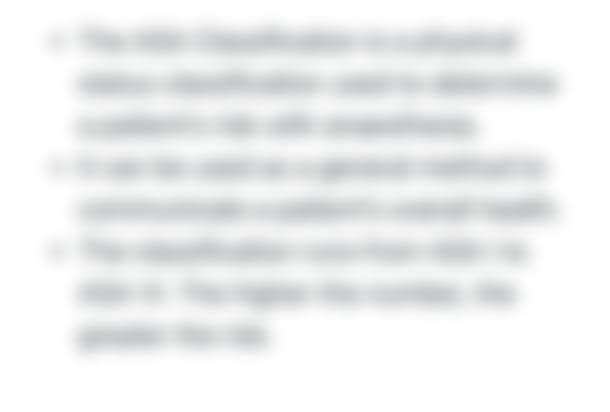
Describing Radiographic Lesions
Contents
ToggleDescribing Radiographic Lesions
Objectives
By the end of these revision notes, you should:
Why is describing radiographic lesions important?
Correctly describing radiographic lesions has multiple benefits both for you as a clinician but also for any potential members of the team involved in a patient’s case. Some of the reasons include:
- Determining the nature of a lesion – correctly describing and reporting a radiographic lesion can help determine the nature of what it is and the potential level of concern you may have regarding it. You can determine potential tissues of origin and the growth rate of the lesion amongst many other things.
- Differentials and referrals – a systematic and thorough description can narrow your differentials down significantly. This is particularly important when you are referring a patient, where a simple glance at your description can help triage urgent cases.
- Record-keeping – correctly describing and reporting imaging is crucial in your records to demonstrate that you have assessed and appropriately managed a patient.
How to describe a lesion

Subscribe to access ALL revision notes and cheat sheets!
We provide a wide range of revision notes and cheat sheets to help you study and prepare for exams! To access all we have to offer, head over and subscribe to ExamineDental now to supercharge your revision!

Hidden
Location

Hidden
Edge

Shape/Size

Internal

Other Structures
Hidden

Number

Clinical Examples
Example 1

Hidden
Click to reveal the answer
Example 2

Hidden
Click to reveal the answer
Summary

References
